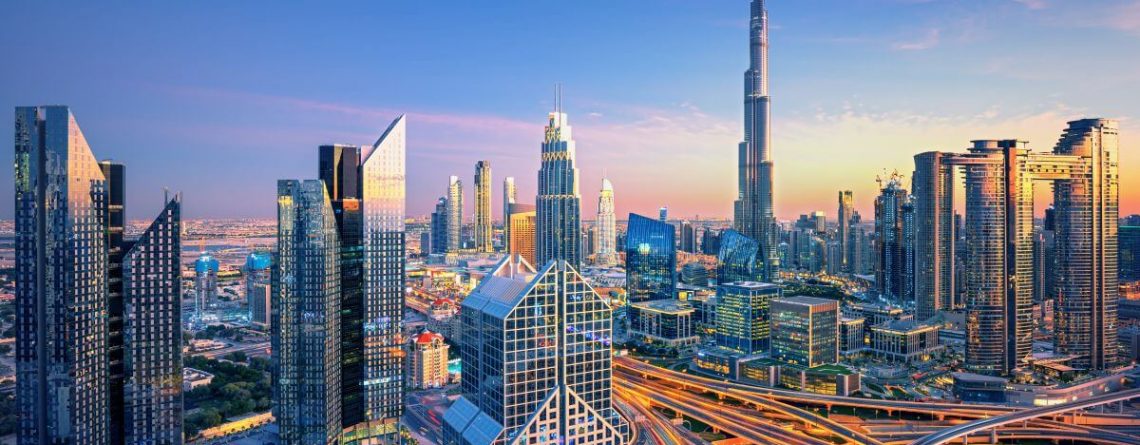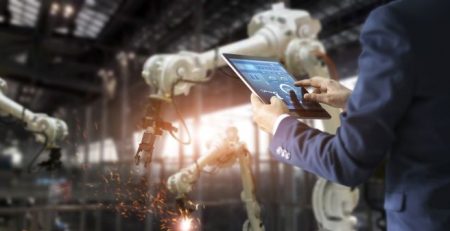Building Smarter and Cheaper: UAE’s Technological Breakthroughs in Construction
The UAE has become a leader in smart construction techniques; but the growing demand for property has resulted in increasingly intense competition among developers, which drives them to include even more advanced building methods. In the following discussion, we will analyse these breakthroughs and explore how we can implement similar solutions in our own homes.
Modular and Prefabricated Construction: Faster and More Cost-Effective
As a result of the significant increase in demand for off-plan townhouses in Abu Dhabi and Dubai, construction teams began using more efficient methods, such as modular and prefabricated building techniques. Rather than constructing homes entirely on-site, large components are manufactured in controlled environments and then assembled on location.
- Why it’s smarter: Prefabrication guarantees greater precision, reducing material waste and labour costs. Since parts are made in factories, the construction process is less affected by weather conditions, leading to fewer delays.
- Why it’s cheaper: Mass production of prefabricated components lowers production costs, and shorter build times result in fewer man hours and cheaper overall costs.
- Best application: Used for walls, roofing, and structural components, making property projects more scalable and consistent in quality.
3D Printing: The Future of Rapid and Sustainable Construction
Dubai is home to the world’s largest 3D-printed building, a two-story administrative structure constructed by Apis Cor, and the largest 3D-printed villa, demonstrating the potential for incorporating this technology into residential development. The UAE intends to have 25% of its buildings 3D printed by 2030, making this a significant breakthrough for the real estate market.
- Why it’s smarter: 3D printing offers personalized, highly detailed designs with minimum flaws, improving structural integrity and lowering the possibility of weak areas.
- Why it’s cheaper: 3D-printed houses are much less expensive since they reduce material waste and the number of workers.
- Best application: Used for walls, intricate facades, and even interior elements like furniture and decorative structures.
Smart Cooling and Climate Control: Reducing Energy Costs
Because of the hot climate in the UAE, a large amount of energy is used for air conditioning, particularly in townhouses and villas. In order to reduce electricity use while preserving comfort, the builders are using smart cooling systems in the new off-plan developments.
- Why it’s smarter: AI-driven cooling systems provide efficient use of energy by adjusting airflow and temperature based on occupancy and current weather conditions.
- Why it’s cheaper: Reduced energy consumption leads to lower utility bills, and zoned cooling systems prevent unnecessary cooling in unoccupied rooms.
- Best application: Automated cooling, smart ventilation systems, and heat-reflective coatings on exteriors help maximize cooling efficiency and sustainability.
Zero-Energy Homes: Self-Sufficient and Cost-Effective
A major breakthrough is also the development of zero-energy homes—buildings that generate as much energy as they consume. The UAE government has already launched several pilot projects, demonstrating that net-zero homes are both feasible and cost-effective.
- Why it’s smarter: Smart grids, energy-efficient insulation, and solar panels let houses generate their own electricity, therefore reducing their dependence on outside sources.
- Why it’s cheaper: Renewable energy systems may need a significant initial investment, but they are very cost-effective in the long run due to a decrease in energy costs.
- Best application: Rooftop solar panels, battery storage systems, and smart home automation work together to create energy-efficient living spaces.
Smart Home Integration: Enhancing Convenience and Security
Today’s houses are incorporating AI-driven home automation that improves both security and efficiency. Dubai’s Smart City initiative has led to the widespread adoption of smart home technologies, making these features more accessible and affordable.
- Smart Lighting and Climate Control: Homeowners can minimize energy loss by remotely controlling the thermostat and lights.
- Automated Security Systems: Motion sensors, surveillance cameras, and smart locks all increase security without requiring on-site guards.
- Voice-Activated Home Controls: With just vocal instructions, AI assistants such as Alexa and Google Home help smooth operation of domestic tasks.
Key Takeaways
New building methods can significantly reduce construction costs and accelerate project timelines when used in property construction. These techniques also improve durability and energy efficiency, which results in long-term operational savings. Ultimately, using smart technologies helps developers to complete off-plan houses more quickly, guaranteeing both immediate financial success and long-term value.





